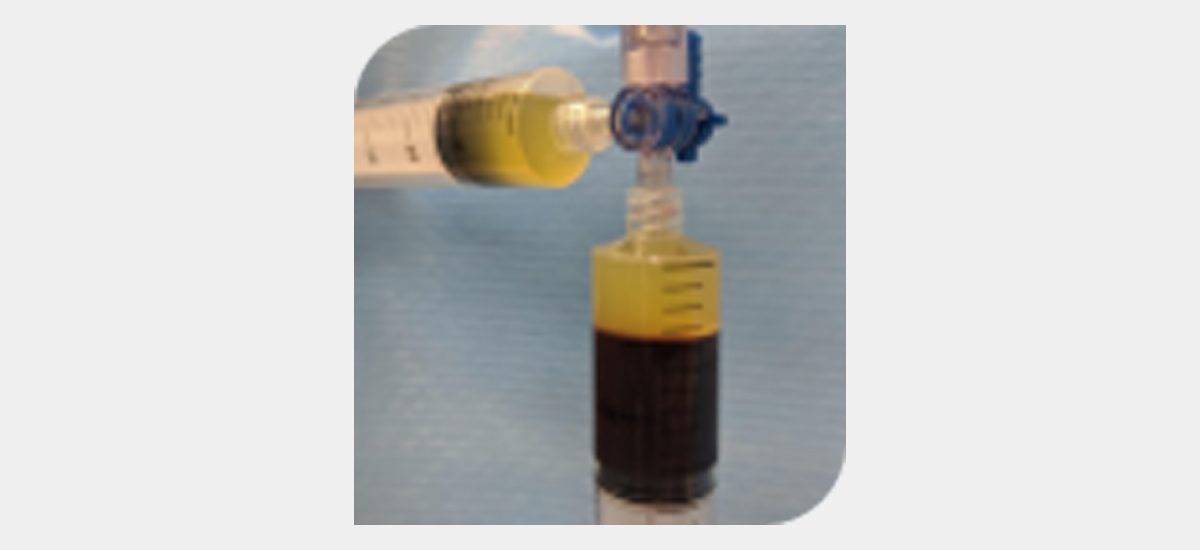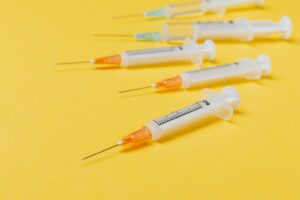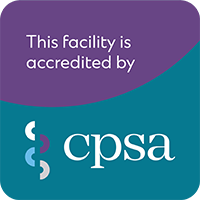At the recent IPSIS meeting, Dr. Eldon Loh from Western University in Ontario presented the results of a study investigating the efficacy of PRP in the neck region. I was honored to be part of this study, which compared PRP to the use of steroids over a 6-month time period.
Dr. Loh and team were rigorous in their pursuit of whether outcomes were better for PRP versus steroid injections. As many of you might know, I’ve published studies on PRP in the neck region for people who had whiplash injuries. We showed it was safe, and improved pain and disability at both 3-, 6- and 12-months. However, our data did not involve randomization or a control group, hence the progression to Eldon’s study.
What Did He Find?
For the 40 participants enrolled in the study, people in both groups demonstrated improvement over time (until 3 months) for reductions in pain, disability and confidence to perform activities when in pain. BUT, there was no difference between groups in outcomes. This surprised us.
Why Might This Have Occurred?
There are multiple reasons, why these outcomes were not as robust as initially foreshadowed. Firstly, the studies at Vivo Cura Health focussed on whiplash origin of neck pain, suggesting that there were differences in patient selection criteria. People with whiplash generally have soft tissue strains of the neck joints, whilst the predominant group investigated by Dr. Loh and colleagues trended towards osteoarthritis. Secondly, Dr. Loh and colleagues used an Arthrex ACP preparation. Unfortunately, this preparation in the literature has only demonstrated a platelet concentration of 1.3X – meaning, that PRP may not have been delivered. Generally, PRP is ‘enriched’ when > 2x. Finally, the PRP concentration was leukocyte poor, compared to the leukocyte rich preparation at Vivo Cura Health. One must also acknowledge that the trial design might have contributed to differences, with our results possibly overinflated due to the lack of methodological rigour.
What Now?
Well, being scientists, we’re going all scientific. Firstly, we are preparing a paper investigating the differences between groups and evaluating which of these factors likely contributed to the results. Our initial analysis suggests that it is the PRP concentration contributing to the difference in outcomes. Secondly, we are going to perform a study randomizing people to leukocyte rich or leukocyte poor concentrations of PRP to get to this answer. The journey continues…





